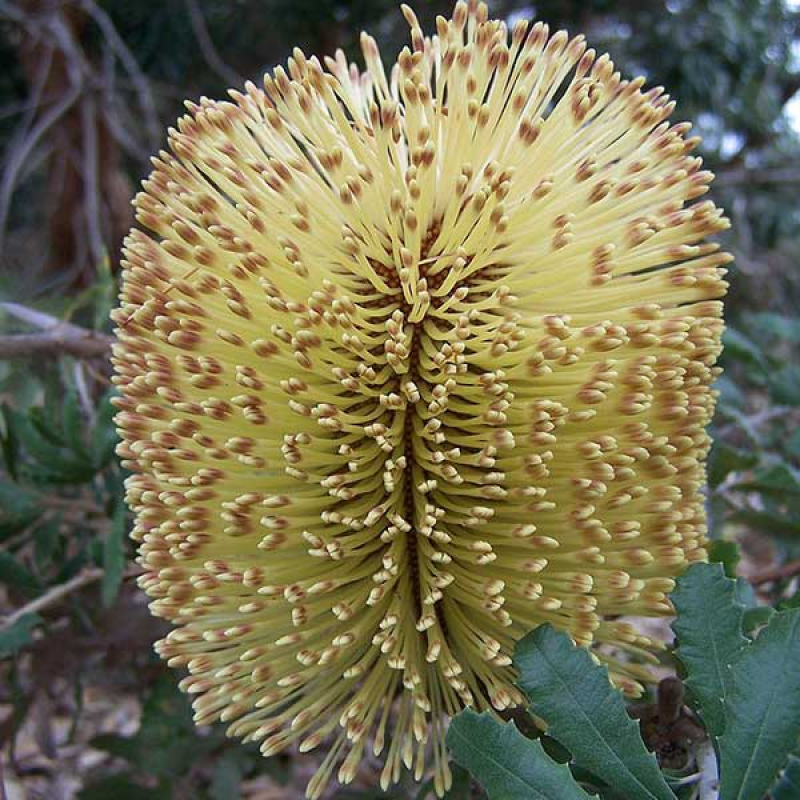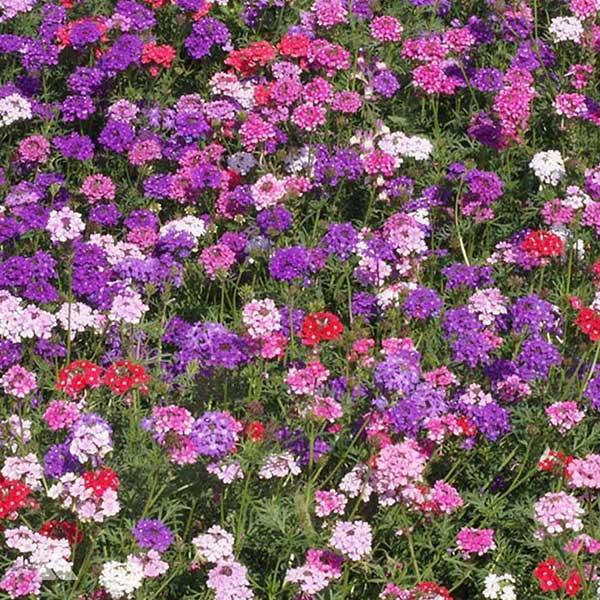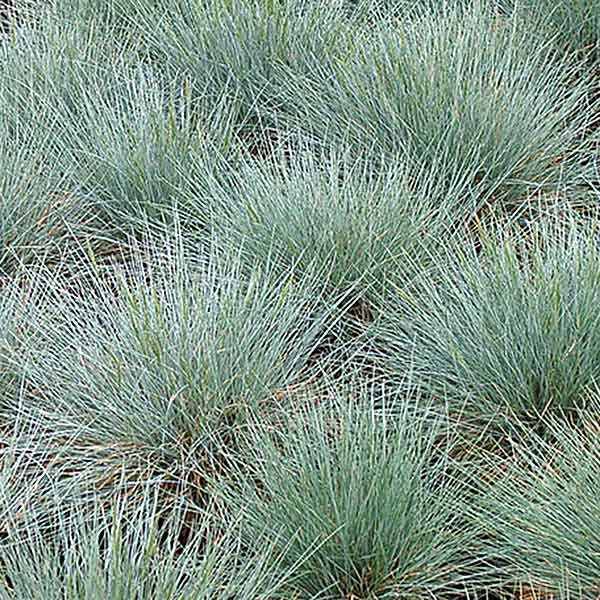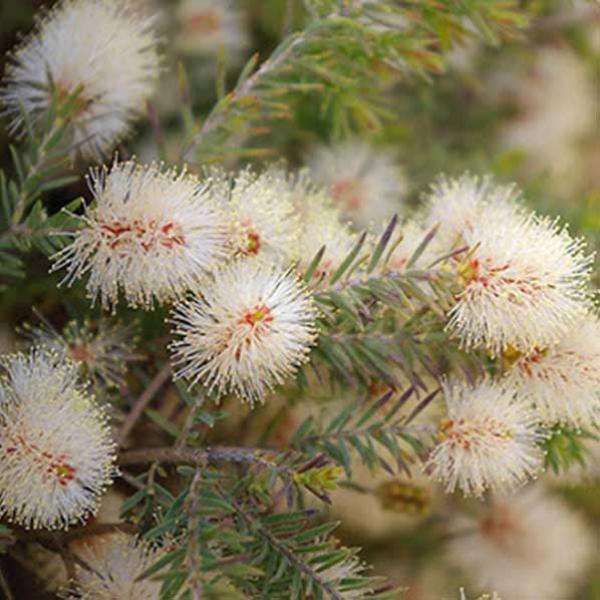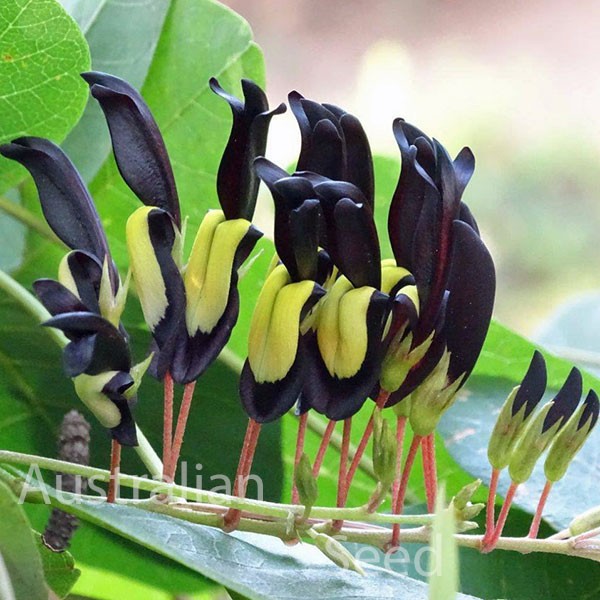We ship Internationally and Australia-wide | Phytosanitary Certificates are available for international orders.
Due to high order volumes, our handling time has been extended to 5-7 business days. We apologise for any inconvenience and appreciate your patience.
A small shrub with very attractive bright yellow-orange cylindrical flower spikes 9-17 cm tall by 60cm mm diameter. Flowers occur mainly from April to June but may continue through to spring. The leaves are broad with toothed margins.
The large yellow-orange flower heads and dense growth habits combined with their low maintenance make this an outstanding and useful species for the garden.
Closely related to Banksia media
Conservation code of Priority 2:
Species that are known from one or a few locations (generally five or less), some of which are on lands managed primarily for nature conservation, e.g. national parks, conservation parks, nature reserves and other lands with secure tenure being managed for conservation. Species may be included if they are comparatively well known from one or more locations but do not meet adequacy of survey requirements and appear to be under threat from known threatening processes. Such species are in urgent need of further survey.
Occurs naturally in only 2 known locations in the eastern parts of the Esperance Plains on the south coast of Western Australia.
Prefers light to medium well-drained soil in an open sunny position, avoid waterlogged soils. Drought tolerant but frost tender.
The best time to sow Banksia seeds is autumn or spring. Sow in contains and transplant when they are big enough to handle.
The growing medium should be well draining but should remain damp between watering. Banksia dislikes wet roots, so don't overwater them, or they will rot.
Sow the seed flat around 5mm deep. Vermiculite is an excellent medium to cover the surface as it helps retain moisture and controls the temperature.
Germination should occur in 14-40 days at 20-25°C
Pre-germination of seeds by sowing into a closed container containing moist vermiculite or similar material is also helpful for germinating seeds, particularly for winter sowing when outdoor temperatures may be unsuitable. Germination usually occurs in 1-2 weeks using this method, and when the root has reached about a centimetre or so in length, the seedling can be placed into a small pot of seed-raising mix.
Pre-treatment of smoke is not critical to the germination of this species. However, many members of the Proteaceae family are responsive to the pre-treatment of smoke.
Smoke treatments are simple and can be undertaken by soaking the seed overnight or applying it to the surface after sowing; both provide good results. Smoke treatments are available by clicking here.
*Please note:
- Please do not be too hasty to discard seeds that do not germinate; seeds will often lay dormant until the conditions are similar to their natural germination requirements.
- As with all seeds, they must have adequate water to keep them moist but not too wet.
- These growth notes are provided as guidance only and do not guarantee successful germination.
Being a registered Export Establishment, we can provide a full export service from obtaining a Phytosanitary certificate (if required) to delivering your parcel to the transport company of your choice. If you are uncertain about the requirements for importing seeds into your country, do not hesitate to contact our Export Manager at Australian Seed.
It is important to note that the buyer is responsible for clearing the goods through customs and paying all associated charges, including import fees and taxes. Please note that we cannot accept returns due to Australian quarantine restrictions.
You can find the complete International terms and conditions by clicking on this link
At Australian Seed, we take pride in our extensive network of trusted suppliers and collectors who work with us to provide you with an unmatched selection of top-quality products.
Whether you are searching for a specific item or need to make a bulk purchase, our team is here to help. Our dedicated customer service representatives can guide you through our vast inventory and assist you in finding exactly what you need.
We are committed to providing our customers with the highest level of service and support.
Please don't hesitate to contact us at Australian Seed

